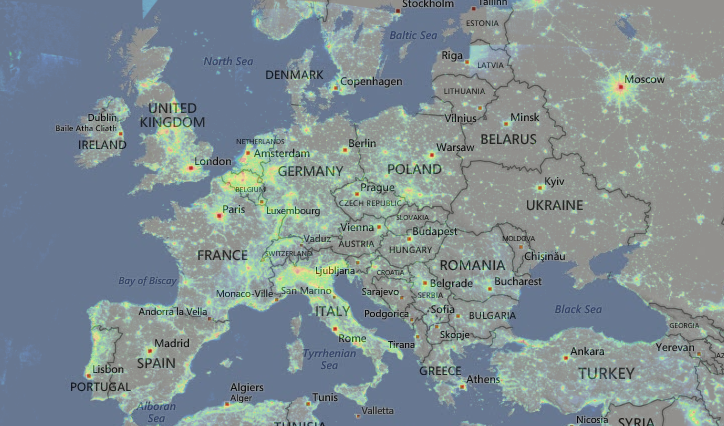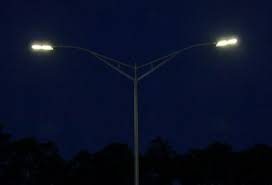What is light pollution?
Posted on April 6, 2016
Not so long ago there was a time where people could look up in the sky and they would the stars and milky way. 100 years on and this is seen as a rarity, especially for people living in cities. The term light pollution is the excessive and unnecessary use of light directed at the sky.
Why does it matter?
This mainly outdoor obtrusive light is misdirected light that aside from washing out the starlight at night, it also disrupts ecosystems, interferes with astronomical research and can have adverse health effects as well as wasting a lot of energy.
There are in fact 3 types of light pollution:
Glare light into the eyes causes a loss of contrast and can blind people temporarily, which, for example can have a detrimental effect on a person’s driving. Furthermore, it is can worsen with age.
Light trespass is the occurrence of unwanted light entering a property, for example into a bedroom when someone is trying to sleep.
Skyglow is when the glow effect is seen in the sky due to the reflected light and upward directed light escaping into the sky, mainly in over populated areas.

It is of course important to have the correct amount of light for safety, crime and visibility at night. Rather than switching essential lights off, there are a few simple steps that can be made to reduce light pollution.
Newer lights are able to be directed downward, meaning that less light is wasted and reduces the amount of light pollution. This is done by having a “total internal reflection” lens for each LED designed, which can focus its light on each other in a single direction. Also a diffuser and a reflecting cavity both helping the unwanted glare and ‘recycle’ light that may travel an incorrect path.

LED lighting can help tackle light pollution as it is more directional that traditional forms of light meaning that it is easier to direct light where it is needed. Nevertheless, there are also arguments against LED lights, as they contain blue light in their spectrum which can increase the brightness in the sky. However, with the advancement of LED lighting, this can be fixed.
There has also been the introduction to ‘part-night lighting’ in various areas of the UK. This is where the lights have either been switched off when not needed or the lights have been lowered for certain parts of the night. As a result, huge savings, reduction in carbon emission and of course in light pollution. Motion sensing and shielding lights is another area that countries such as have implemented.
What can you do?
There are many things everyone can do to make a contribution to the reduction of light pollution.
- Turn off what you don’t need
- Install motion sensors
- Install dimmer switches to alter brightness
- Buy thick curtains or blinds to reduce the amount of light entering the home at night.
- Use low watt lights, this also saves energy and glare
- Ask the local council to switch to directional the low energy lights
Although we still have a long way to go, over time there will be more implementation of the light, switching to the new more effective lighting which will be a right step forward to tack light pollution.

